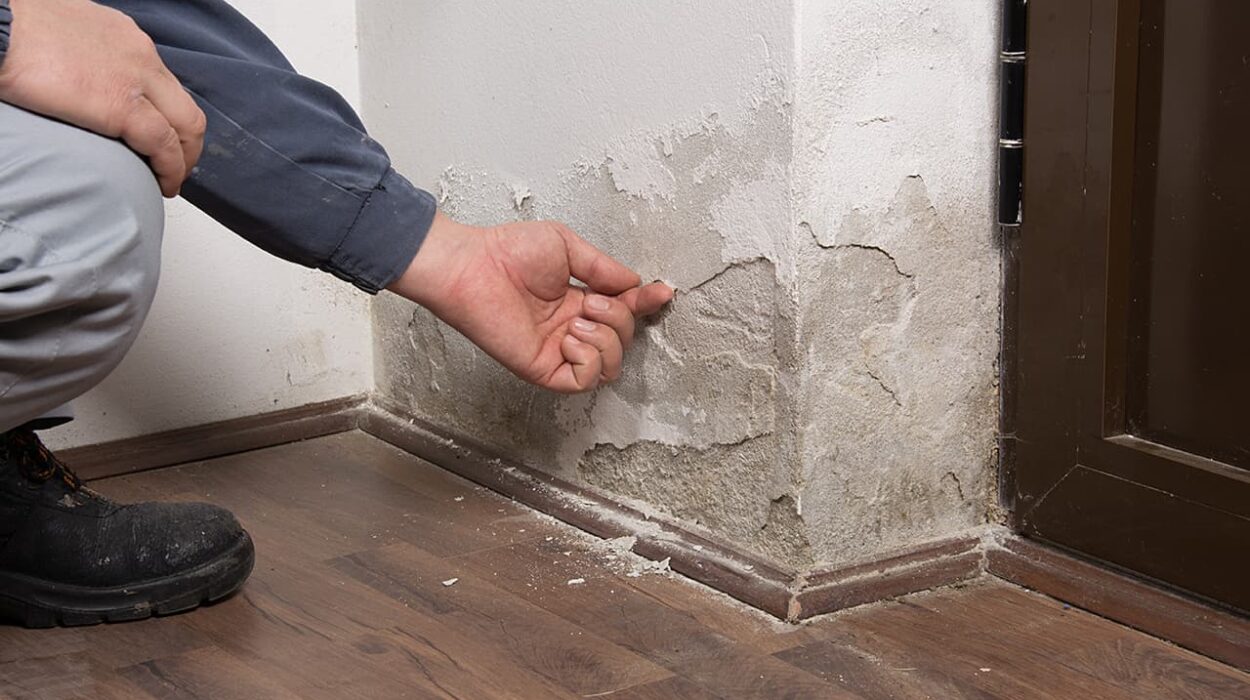Whether you are a homeowner or renter, if you find that you have a mould or damp problem, you will probably want to know how to claim compensation for damp and mould. We will cover some of the factors you need to consider.
Can you claim compensation for damp and mould?
Getting compensation for damp and mould in your home can be an effective way to get the problem resolved. However, before you begin the process you need to be aware of the basics. Use the damp compensation calculator to calculate the compensation amount, it gives you an estimated compensation value of housing disrepair
Firstly, the best way to estimate the value of your claim is by referring to a guide from the Judicial College. They have created a calculator that will provide you with a rough idea of what you could expect to receive.
A few tips include: If you have a damp problem in your house, you should notify your landlord immediately. You should also take photographs of the damage.
As well as documenting the damage, you should also find out what caused the problem. Depending on the cause, you may be able to make a claim against your landlord.
Secondly, there are some measures you can take to prevent the problem. For example, a dehumidifier may be useful. You should also check to see whether your home has good ventilation.
Establishing your landlord’s negligence
Having a damp and mould problem can have a huge negative impact on your health. It can lead to respiratory problems, a variety of ailments, and damage to your belongings.
Fortunately, there are ways you can report a problem and get your landlord to take action. In addition, there are also laws that allow you to sue a landlord if you suffer from mould or dampness in your home.
The right attorney can help you determine if you have a claim for compensation. He or she can also document the damages you suffered from your landlord’s negligence. You may be able to include your medical bills, loss of earnings, and other costs in your settlement.
If you think you have a case, you should contact a lawyer with experience in housing disrepair claims. Your lawyer can use a variety of documents to prove your case, including employment records, medical evaluations, and journal entries detailing your physical suffering.
Penetrating damp vs rising damp
Identifying whether your damp problem is penetrating damp or rising damp is an important step to take if you want to make a claim. If you are unsure which is the problem, an independent qualified surveyor can help.
Penetrating damp occurs when water penetrates the wall of the property. This type of damp can be caused by a number of different issues, including plumbing problems, internal leaks and broken guttering. It is often accompanied by a musty smell and dark patches on the walls.
Rising damp can occur in many different houses, but it is particularly common in older properties. It causes a problem with your home’s plaster, flooring and decorative finishes. It can also cause peeling wallpaper, a musty odour and blistering paint.
Rising damp is often mistaken for penetrating damp, but the two are actually different. Rising damp is a more serious issue and may even lead to structural damage to the home. The only way to avoid this is to identify the source of moisture and fix it.
Health problems caused by mould spores
Those with allergies, chronic respiratory diseases, and immune suppression may be at risk for health problems caused by mould spores. These individuals need to address the source of the problem before seeking treatment.
Mold illness (also known as Chronic Inflammatory Response Syndrome) is a condition that occurs when the body’s immune system overreacts to a mold spore. Its hallmark symptom is fatigue. The condition may be accompanied by tremors in the extremities. It also can cause gastrointestinal problems.
Symptoms vary depending on the type of mold. For example, black mold is often considered toxic and has been linked to headaches and memory loss. The presence of other types of mold may result in a more serious reaction.
If you are allergic to mould, you may experience nasal congestion, itching, watery eyes, and a runny nose. These symptoms may be accompanied by a skin rash, which may worsen over time.
People with asthma have been shown to have an increased sensitivity to mould. This can lead to an asthma attack. Other symptoms can include wheezing, coughing, and a sore throat.

